Have you observed your student struggling to spell the /k/ sound? If so, this might look familiar:
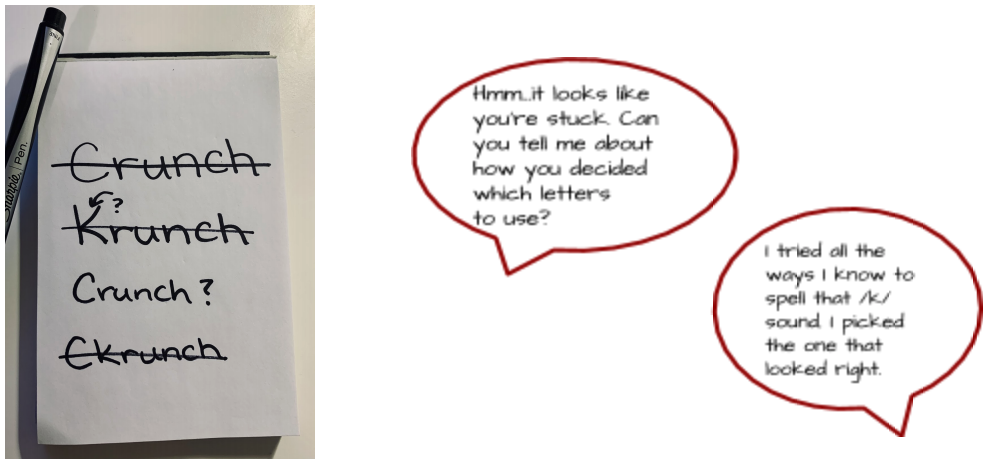
Of course, we want our students to use efficient and logical strategies while spelling, so we teach them spelling rules. I’m about to show you two handy rules that will clear up the /k/-Conundrum once and for all!
Before You Begin Teaching...
To begin, make sure your student has already mastered the following skills:
Once you’re sure that the prerequisite skills are met, you can begin to teach the spelling rule.
Spelling /K/ Explained with Two Simple Rules...
Begin by explaining that what you’re about to teach works when spelling /K/ at the beginning of a word. Spelling /K/ at the end is a bit different. I like to introduce this rule by first reminding my students to think about spelling in these simple terms:
“Say the sound you want to spell. Then, think about all of the ways you can spell that
sound.”
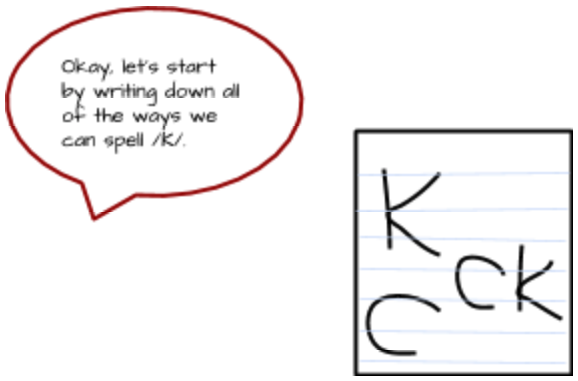
Yes, it’s that easy!
Next, explain the digraph “CK” cannot be used to begin a word. This is the point where most students breathe a sigh of relief. Now there are only two choices!
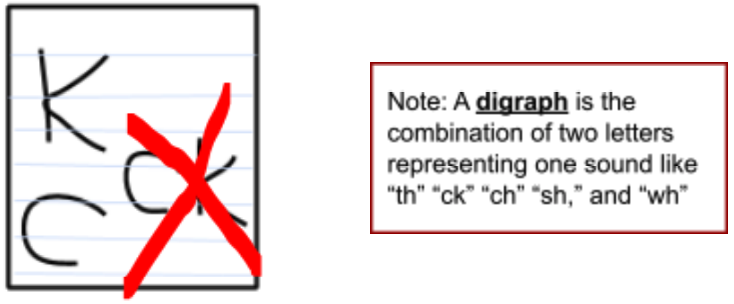
Okay, But What about the Rules?
Ahh..you’ve come here for the rules! That’s right. Because this concept relates to multiple scenarios we’ve split them into two categories named by the following two rules:
Cubs Can Drink Cola

The most common way to spell /K/ is with the letter “C,” so we should always consider spelling with the letter “C” first.
However, sometimes, the letter “C” can be tricky. When it comes right BEFORE a Sssssneaky Vowel, it will make the /S/ sound (like in the word “cent”). Sssssneaky vowels include e, i, and y.
“Spell /K/ with a C if there’s an a, o, u, or consonant after it.”
Kind Ken Was Stinky

And what to do if there is a Sssssneaky Vowel? Easy! Just choose the other option, “K.”
“Spell /K/ with a K if there’s an e, i, or y after it.”
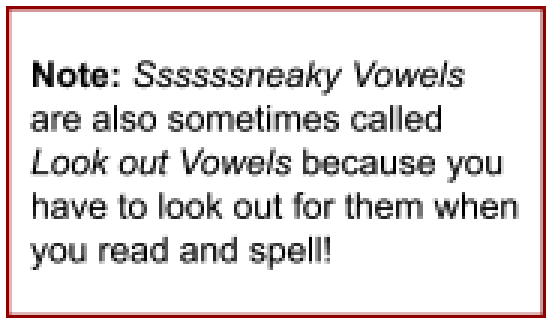
How cute are Ken and those Cubs?! As much as I’d like to say they were created just to melt our hearts, they serve an important role in rule memorization. In fact, when students can connect a new concept to a story, visual, and mnemonic device, they are much more likely to apply and remember this new knowledge!
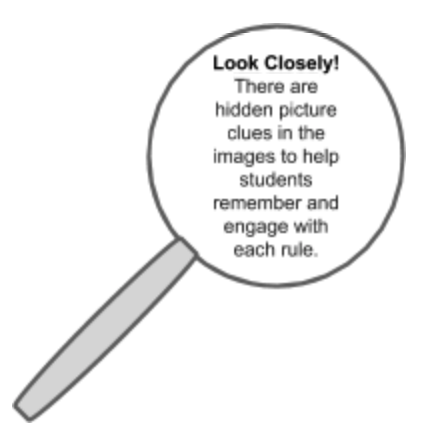
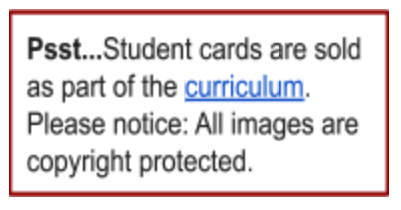
Important Tips To Consider...
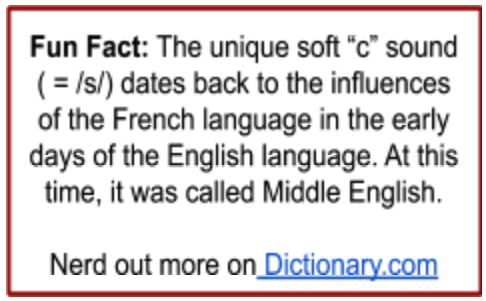
Remember: We teach spelling rules to students so that they don’t have to use inefficient strategies like guessing. However, don’t become discouraged if your student still reverts to guessing strategies. This compensatory skill is most likely still a knee-jerk reaction to spelling unfamiliar words! When this happens, keep bringing your student back to the rules they’ve learned.
Free Reproducibles!
Practice these skills with our FREE resources.
Download to Print: Spelling _k_ Worksheets and Answer Keys Combined (1)
If you’ve found this article useful for solving your /K/-Conundrums, please share this post! Don’t forget to check back for more spelling and reading discussion, tips, and resources.
Check out the rest of our spelling rules at www.Silvermoonspellingrules.com
Happy Teaching!
Written by:
Kate Wagner, BSE
Reading Interventionist, Remote Learning Coach